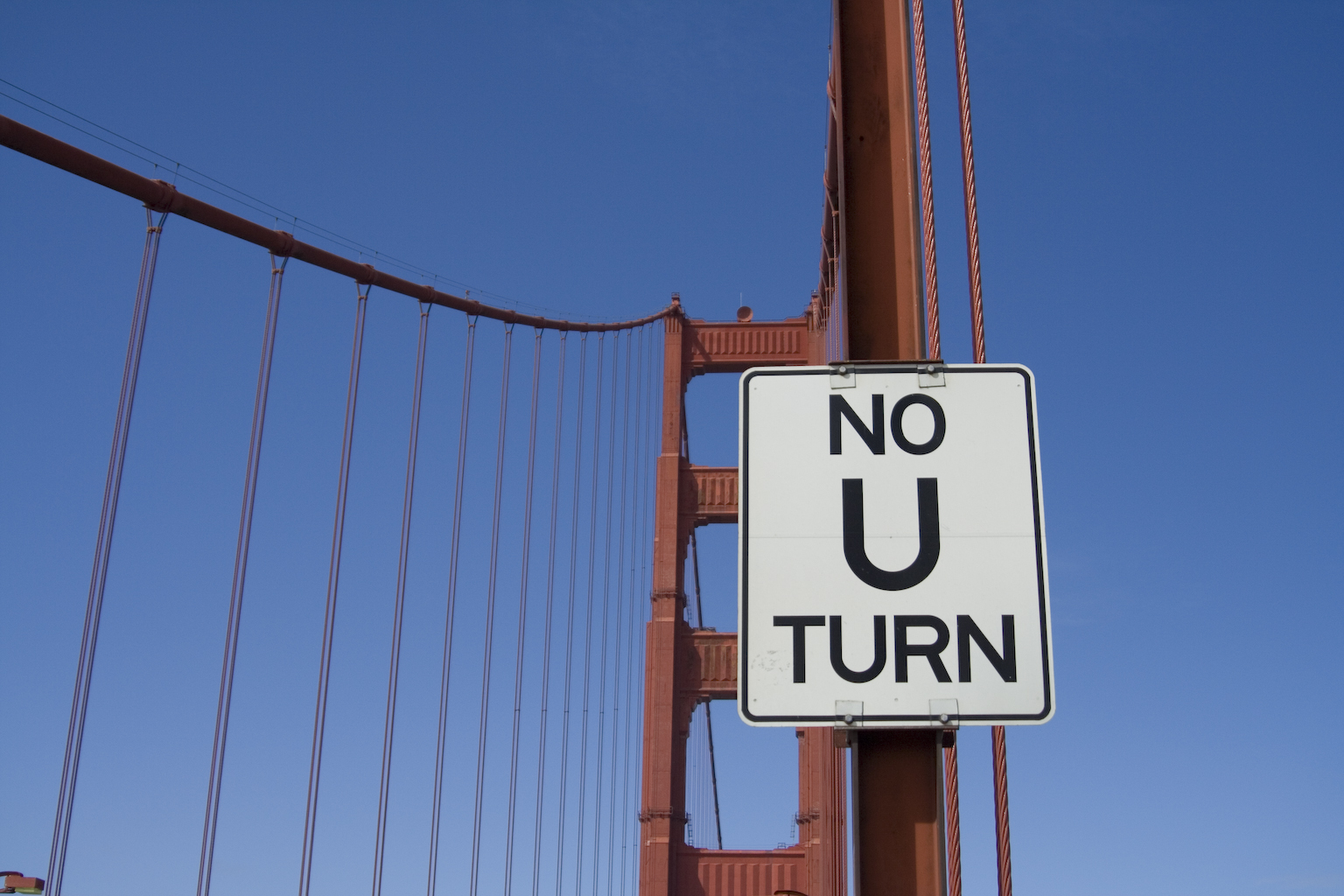 Dixie Press Online reported that authorities rushed to Main Street near 300 South in St. George to respond to a collision accident involving a motorcycle and a sedan at 4 pm, Wednesday May 15, 2013. According to the report, St. George Police Captain Jerry Tischner stated that a sedan carrying two people traveling northbound attempted to turn around in the middle of the street. The sedan entered the path of the motorcycle causing the accident. The motorcycle hit the side of the car. The impact caused the frame of the motorcycle to bend into the right leg of the driver. Authorities have to cut the bar off to relieve the pressure in order to take his foot out. The injured driver was brought to Dixie Regional Medical Center by ambulance. The motorcycle driver was not seriously injured .The driver of the sedan received a citation from the police authorities. Both driver of the sedan and its passenger declined to give comments regarding the accident.
Dixie Press Online reported that authorities rushed to Main Street near 300 South in St. George to respond to a collision accident involving a motorcycle and a sedan at 4 pm, Wednesday May 15, 2013. According to the report, St. George Police Captain Jerry Tischner stated that a sedan carrying two people traveling northbound attempted to turn around in the middle of the street. The sedan entered the path of the motorcycle causing the accident. The motorcycle hit the side of the car. The impact caused the frame of the motorcycle to bend into the right leg of the driver. Authorities have to cut the bar off to relieve the pressure in order to take his foot out. The injured driver was brought to Dixie Regional Medical Center by ambulance. The motorcycle driver was not seriously injured .The driver of the sedan received a citation from the police authorities. Both driver of the sedan and its passenger declined to give comments regarding the accident.
According to the police authorities, speed was not a factor in this accident. Probably, the accident happened due to a U-turn that was badly executed and the failure of both drivers to respond accordingly.
Do you have a family member who uses a motorcycle to work or for leisure? Do you have neighbors who frequently use motorcycles as a means of transportation? Well, check this out. According to the U.S. Department of Transportation’s National Highway Traffic Safety Administration (NHTSA), in 2009, 4,462 people died in motorcycle crashes which are down by 16.0% from 5,312 in 2008, ending an 11- year increase in motorcycle deaths. Still this number is a source of concern.
NHTSA also reported that in 2008, there were 2,387 two-vehicle fatal crashes involving a motorcycle and another type of vehicle. In 41% (985) of these crashes the other vehicle was turning left while the motorcycle was going straight, passing, or overtaking the vehicle.
The Utah Driver handbook provided tips on how to make U-turns safely. The handbook stipulates that a driver cannot safely operate a vehicle if he/she does not know how to make proper turns. In general, a good turn involves:
- Making up your mind before you get to the turning point.
- Signaling and safely moving into the proper lane well in advance of your turn. If you cannot get into the proper lane at least 100 feet before your turn, do not turn.
- Giving the proper turn signal at least two seconds before reaching the point where you plan to turn.
- Slowing down to a reasonable turning speed.
- Making the turn properly. The following instructions and illustrations in the handbook will help you make proper turns.
There are also rules concerning the making of U-turns. Utah Driver Handbook specifies that you must never make a U-turn on the following:
- On any curve.
- Near the top of a hill where you cannot see or be seen from both directions for 500 feet.
- Where prohibited by an official traffic control device.
Each city has its own law concerning U-turns. Be sure you know the specific law of the city in which you are driving. A U-turn should only be made on a street or highway which is sufficiently wide enough to allow a turn to be made from the left hand lane or just right of the center line or center of the street.
Moreover, the Utah Driver Handbook provided guidelines to motorist and motorcyclist regarding sharing and courtesy on the road. Motorists are those using cars while motorcyclists are those using motorbikes in travelling. Motorcyclists must be more alert since he might not easily be seen by the motorist in traffic. Similarly, a motorist must always be on the lookout for a motorcyclist. The handbook promotes the use of “SEE” as a guide to heighten awareness of potential road problems. The acronym stands for SEE:
S – Search for factors in the area. If we evaluate the collision between the sedan and motorcycle, each driver should have been alert and on the lookout for each other.
E- Evaluate the potential risks and options. In the case of the sedan driver, when deciding to make a U-turn, he should evaluate potential risks and options. The motorcycle driver on the other hand is not exempted from this guide, when traveling on a highway, one must always be aware of potential risks and the possible options to avoid it.
E– Execute with control and precision. Whatever driving moves you plan to execute on the road, make sure you do it with control and precision. Accidents most often happen in a blink of an eye. This is the reason why all road users need all their faculties to focus, stay alert, and stay safe on the road.
We at Christensen & Hymas are ready to assist you in any way we can.
Image courtesy of Brianna Privett
